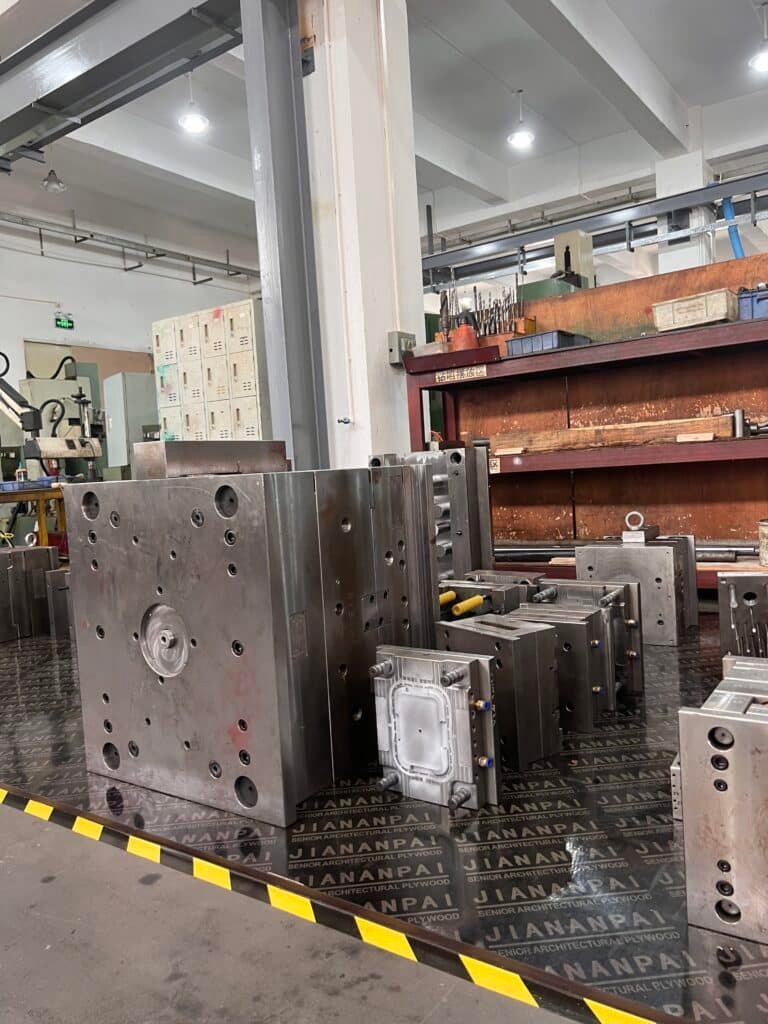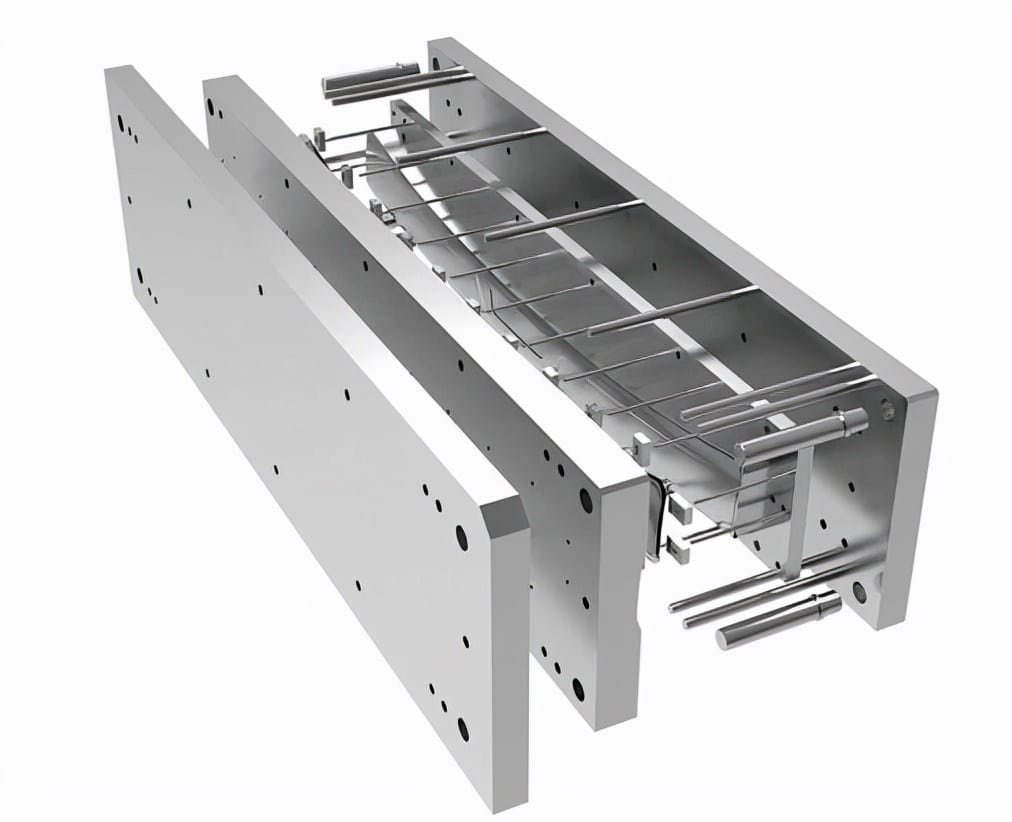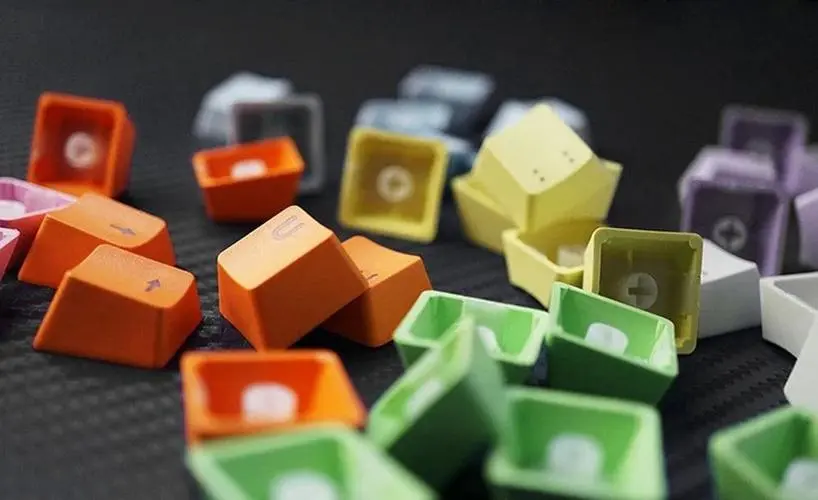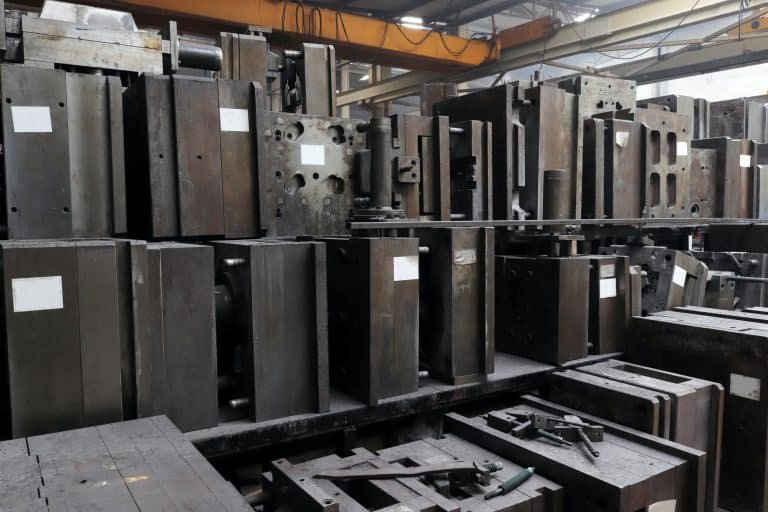The application of mold bases in engineering is becoming more and more common. How to choose correctly is a problem. This is a guide to mold selection, mold selection of several criteria.
The mold base generally adopts standard mold base and standard accessories. This is conducive to shortening the manufacturing cycle and reducing manufacturing costs. In actual production, it is often determined by the price of the mold, the structure, and the complexity of the mold processing.

In case of special circumstances or customer requirements, some shapes, sizes, and materials of the mold can be changed. It is also possible to completely redesign the mold base. In this case, the mold supplier should provide detailed mold drawings when ordering mold bases. And indicate the difference between the ordered mold and the standard mold.
Optimizing Mold Base and Insert Dimensions for Precision
The size of the mold mainly depends on the size and structure of the plastic product. For the die surface, the more compact the structure is, the better, on the premise of ensuring sufficient strength. The dimensions of the insert can be determined according to the dimensions of the product (plane projection area and height) and the structure of the product itself, such as the structure of the side parting slide). After determining the size of the insert, the size of the mold can be roughly determined.
Square Iron Height Standards in Mold Base Design
The height of the square iron should ensure sufficient ejection stroke, leaving a certain margin (5~10mm). To ensure that when fully ejecting, the thimble fixing plate will not hit the moving template or the moving die-bearing plate.

Structural Design Principles for Durable Mold Bases
After the basic selection of the mold base, the overall structure of the base should be checked. See whether the determined mold base is suitable for the selected or customer requirements of the injection molding machine, including the size of the mold base shape, thickness, large opening stroke, ejection mode, and ejection stroke.
How to Choose Mold Insert Material
The performance of mold insert material should have four main aspects:
① Hardness;
② Wear resistance;
③ Strength and toughness;
④ Corrosion resistance;
Mainly according to the batch of plastic products and plastic categories.
Products are general plastics such as ABS, PP, PC, and other plastics. Generally use type P20 and other types of pre-hardened and tempered steel, if the product batch is large, quenching and tempering steel such as type H13 should be used.
High-finish or transparent plastic products, such as PMMA, PS, AS, and other plastics or plastics containing glass fiber, mainly use model 420 and other types of corrosion-resistant stainless steel.

4 Selection Points You Should Know
1. Mold thickness and the closing distance of the injection machine: different structural forms of the locking mechanism have different closing distances for different models and specifications.
2. When designing the dimensional relationship between the opening die stroke, the distance between the fixed and moving die, and the distance required for the release of the plastic parts, it must be calculated that the opening die stroke of the injection machine should be greater than the distance between the fixed and moving die required for the removal of the plastic parts. The distance from the mold to the plastic parts must be less than the rated ejection stroke of the ejection hydraulic cylinder of the injection machine.
3. Pay attention to the installation of the selected mold base on the injection machine:
a: The outline size of the mold base should not be affected by the spacing of the rod of the injection machine.
b: The positioning aperture and the positioning ring size must match well.
c: The position of the ejector rod hole and ejector stroke of the injection machine is appropriate.
d: Whether the nozzle aperture and spherical radius match the mold gate sleeve aperture and concave spherical dimensions
e: The position and aperture of the mounting hole of the mold base are matched with the corresponding screw holes on the moving template and the fixed template of the injection machine.
4. The selection of mold base should meet the technical requirements of plastic parts and its molding process to ensure the quality of plastic parts and the performance and reliability of the mold. The mechanical properties of the mold base combination parts are required. In particular, their strength and stiffness are checked and calculated accurately. Determine the length, width, and thickness of the movable and fixed formwork and support plate to select the specifications of the die base correctly.









